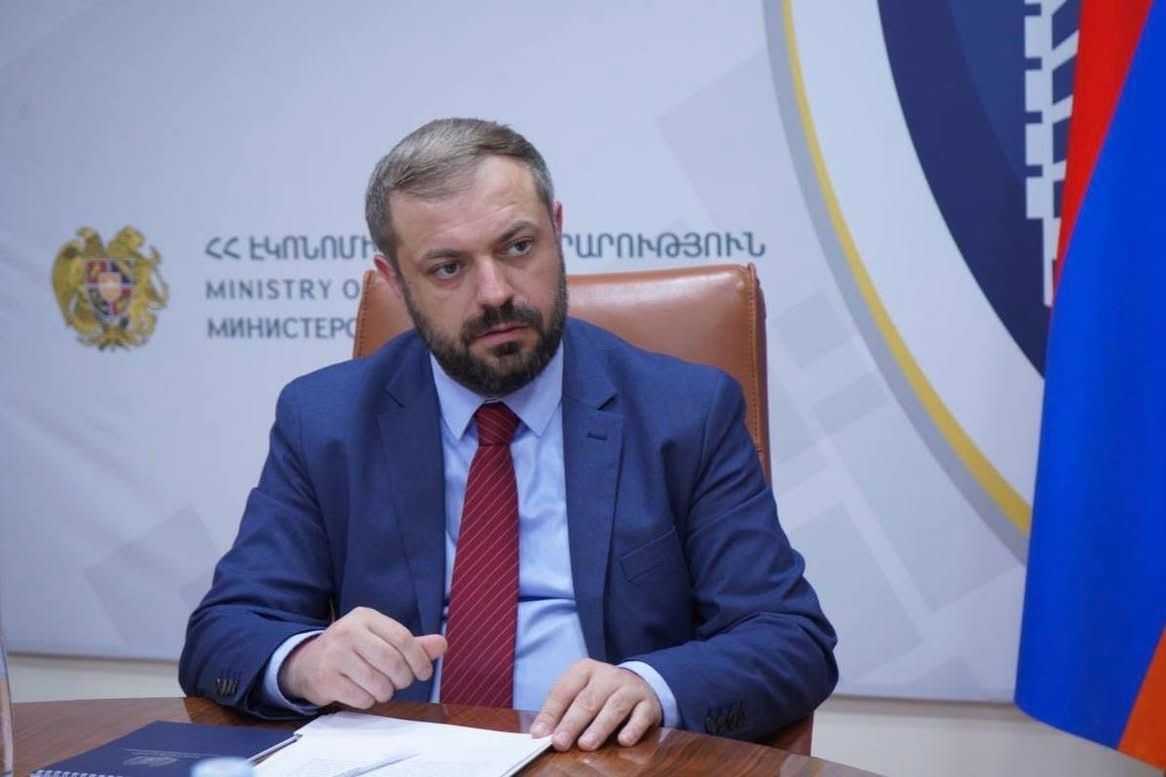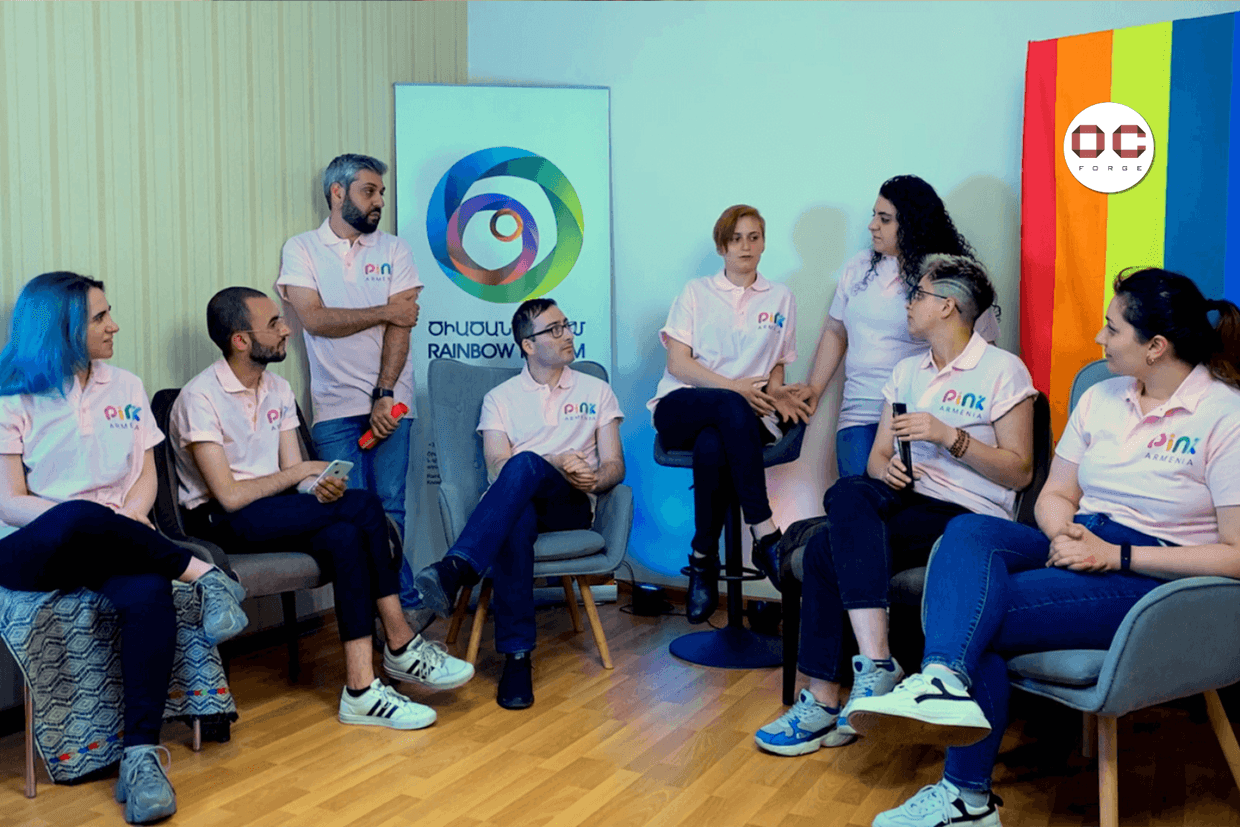

Georgia has scored worst among the countries of the South Caucasus in the 2019 Global Hunger Index (GHI). Despite its score worsening slightly since the previous edition in 2010, Georgia remained in the ‘low’ hunger levels category, along with Armenia and Azerbaijan.
The report, published on 15 October by Concern Worldwide and Welthungerhilfe, measures hunger in 117 countries worldwide using four indicators: undernourishment, child stunting, child wasting, and child mortality.
According to the findings, Georgia ranks 39th out of 117 countries with a score of 9.2; Armenia was 30th, with a score of 7.8 and Azerbaijan came 29th with a score of 7.4.
The ‘Low’ category includes countries with a score of 9.9 or less. On the other edge, ‘Extremely Alarming’ levels of hunger were reported in countries assigned scores of 50 or higher, such as the Central African Republic.
What has changed since 2000
Since the index began in 2000, GHI scores have been gradually dropping for Armenia and Azerbaijan. However, in Georgia there was a growth from 2010 to 2019.
In 2000, Azerbaijan was in the ‘Serious’ category, with a score of 29.5.
Armenia scored 18.3 in 2000, falling under the ‘Moderate’ hunger category. It’s score gradually dropped and reached ‘Low’ in 2019.
[Read more about poverty in Armenia on OC Media: ‘I don’t want our faces to be labeled as poor and miserable’ — extreme poverty in Armenia]
However, even though Georgia had the most favourable ranking compared to its South Caucasian neighbours in 2000, scoring 14.5 in the ‘Moderate’ hunger category, and the lowest score in 2010, 8.4, its score grew in 2019.
Georgia scored worst for the prevalence of child stunting; the report said 10.5% of children under five ‘have low height for their age, reflecting chronic undernutrition’.
The biggest deterioration was in child wasting, the share of children under five ‘who have low weight for their height, reflecting acute undernutrition’. The share of wasted children jumped from 1.6% in 2010 to 4.3% in 2019 according to the report.
[Read on OC Media: Hidden hunger: Georgia’s creeping epidemic]
Poverty in Georgia
Georgia’s official unemployment figures, which cite Georgia’s unemployment rate as 12.7%, is in stark contrast with the findings of the National Democratic Institutes’ recent poll, according to which, 61% of Georgians describing themselves as unemployed.
According to the July 2019 survey, the top national issues that respondents said they and their families were facing were jobs (48%), rising prices (34%), poverty (33%), pensions (22%), and wages (19%).
According to the poll, 49% of Georgians believe that Georgia is going in the wrong direction while only 18% believe it is going in the right direction; 30% answered that Georgia was not changing at all. This was the highest negative rating in the country in over a decade.
NDI found a strong correlation between the public’s growing negative perception of the country’s direction and the fall in the value of the Georgian Lari compared with the US Dollar.
Of the respondents, 63% reported that last month their household income was ₾800 ($270) or below, with only 20% reporting it was higher.
A majority of respondents (51%) also said that in the last 6 months there had been at least one occasion in which they did not have enough money to pay their utility bills.
Additionally, 88% of Georgians said they did not have any savings while only 10% said they did.
[Read more about this poll on OC Media: Majority of Georgians say ‘excessive force used’ during 20 June protest, poll finds]
Children and poverty in Georgia
The results of the Welfare Monitoring Survey (WMS), conducted from July to August 2017 by UNICEF, suggested that every fifth child in Georgia lives in a household where their basic needs were not met. It said poverty rates were higher in households with children.
‘In 2017, 33% of all households included at least one child. It should be noted that as the number of children in the household increases, poverty rates measured on the relative and general thresholds are significantly higher. For instance, 27.2% and 24.1% of households with one or two children live in relative and general poverty, respectively. These figures rise significantly to almost 39.9% for households with three or more children under the relative poverty line, and to 33.4% for households below the general poverty line’, the study found.
The study also found that:
- Six in ten children from poor families have no or insufficient access to children’s books.
- School attendance in mandatory education is 97%; however, every fifth poor child aged 15–18 is no longer in education.
- Due to a lack of kindergartens, around 14,000 children do not attend preschool services.
[Read more about Child welfare in Georgia on OC Media: Georgian street children are ‘used as shields’ in crimes]









